Rainbow Bee Eaters
So God created the great sea creatures and every living creature that moves, with which the waters swarm, according to their kinds, and every winged bird according to its kind. And God saw that it was good. ~Genesis 1:21
I feel like, in Australia, I guess because so many animals and so much of the nature there is new to me, I just marvel more at God’s creation. That didn’t change as John took me to see the Rainbow Bee Eaters. What an amazing bird.
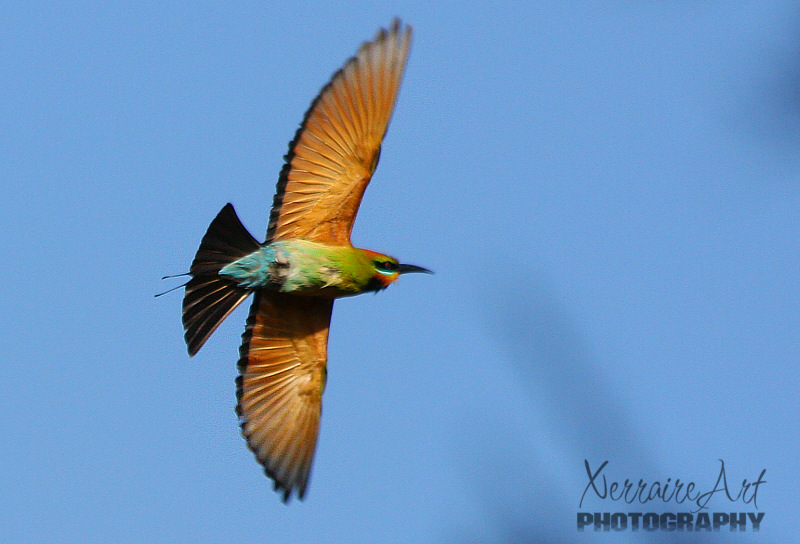
Rainbow bee-eaters are brilliantly colored birds that grow to be 19–24 cm (max 28 cm) in length, including the elongated tail feathers. The upper back and wings are green in color, and the lower back and under-tail coverts are bright blue. The undersides of the wings and primary flight feathers are red and tipped with black, and the tail is black to deep violet. The rainbow bee-eater’s two central tail feathers are longer than the other tail feathers, and are longer in the male rainbow bee-eaters than in the females.
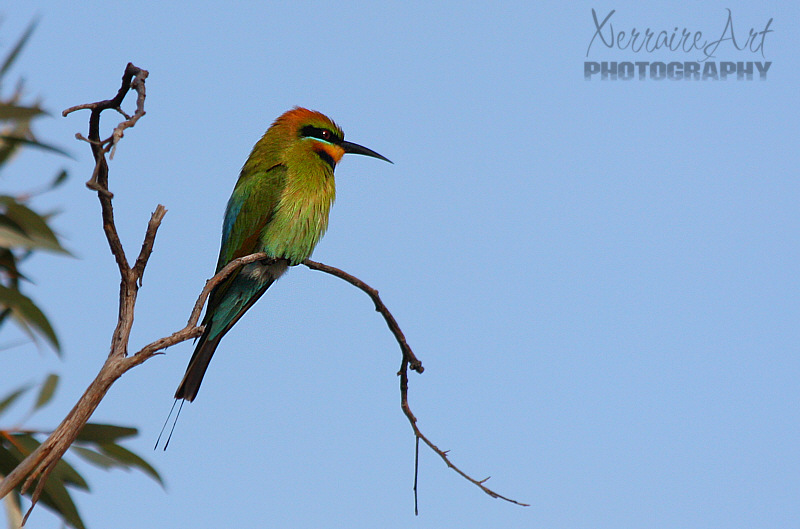
Like all bee-eaters, rainbow bee-eaters are very social birds. When they are not breeding they roost together in large groups in dense undergrowth or large trees.
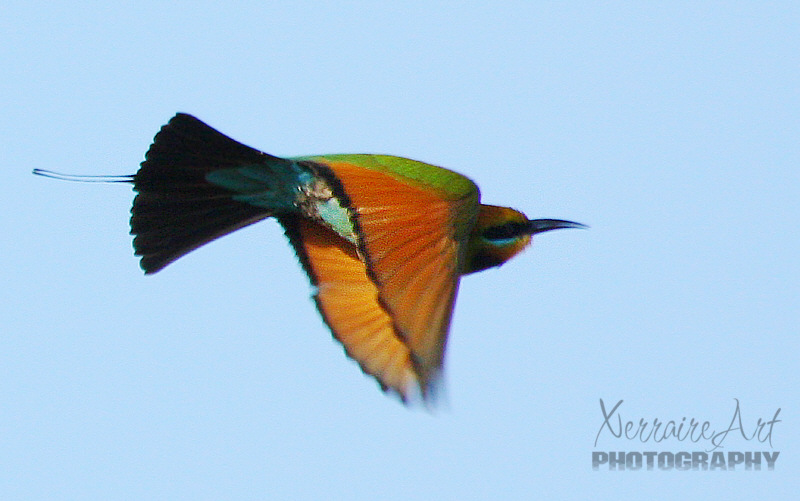
Rainbow bee-eaters mostly eat flying insects, but, as their name implies, they have a real taste for bees. Rainbow bee-eaters are always watching for flying insects, and can spot a potential meal up to 45 metres away. Once it spots an insect a bee-eater will swoop down from its perch and catch it in its long, slender, black bill and fly back to its perch. Bee-eaters will then knock their prey against their perch to subdue it. Even though rainbow bee-eaters are actually immune to the stings of bees and wasps, upon capturing a bee they will rub the insect’s stinger against their perch to remove it, closing their eyes to avoid being squirted with poison from the ruptured poison sac.
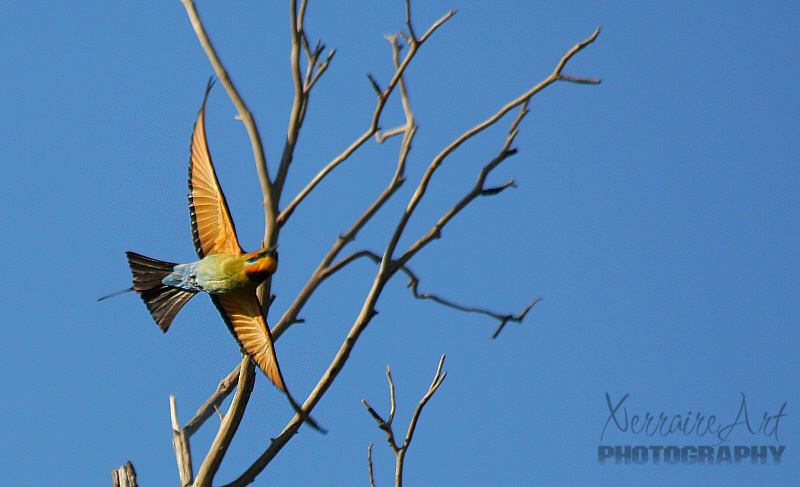
They may be found in open woodlands, beaches, dunes, cliffs, mangroves, woodlands and they often visits parks and private gardens.
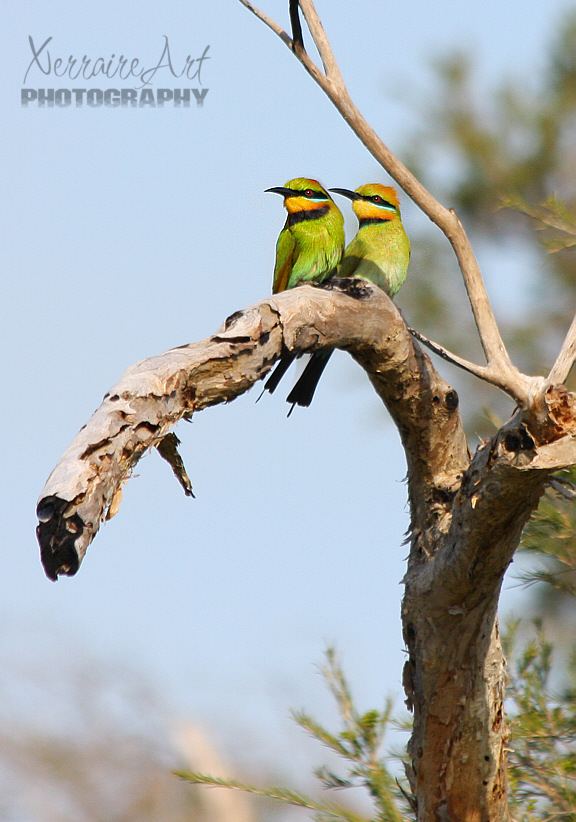
Rainbow bee-eaters are believed to mate for life.
That was a fun day for me. They were hard to photograph, they moved so quickly. Even a video camera was hard to handle in capturing them. Here is one we managed to get:


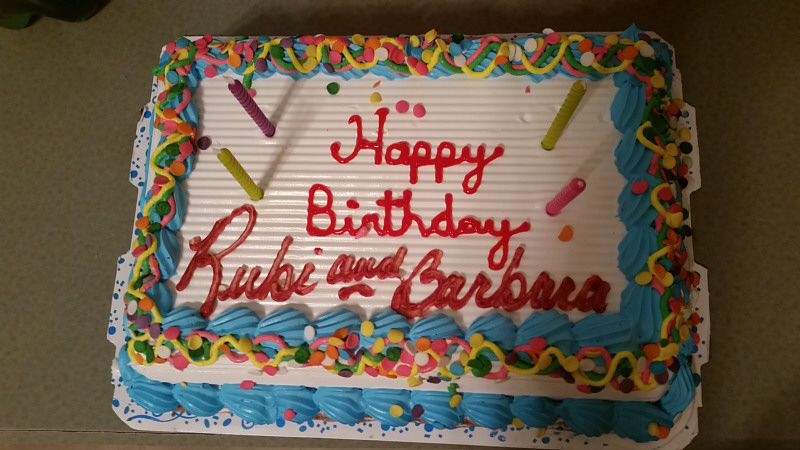













Why Bee Eater eat up your feathers?